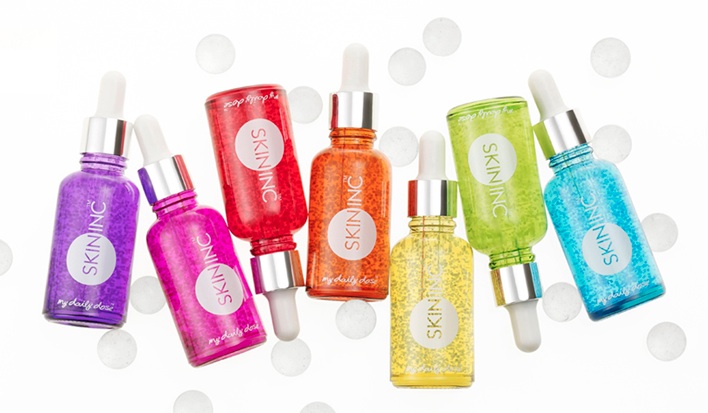by JAMES S. KIM | @james_s_kim
editor@charactermedia.com
Once upon a time before phones became smart, they were also curved to fit the angle of our faces. So, why did smartphone manufacturers abandon the curve for giant rectangular screens?
“We gave up curves in favor of mobile connectivity,” said Frank Lee, head of brand marketing for LG Electronics MobileComm USA, at the 2015 Consumer Electronics Show. “With the G Flex, and now the G Flex 2, we found a way to merge mobility and create comfort through a beautifully curved smartphone.”
 Frank Lee unveils the G Flex 2 at LG’s press conference at CES 2015.
Frank Lee unveils the G Flex 2 at LG’s press conference at CES 2015.
The original G Flex, LG’s first foray into curved smartphones, launched in 2013 to mixed reviews. Critics praised the phone for having top-notch hardware and performance with great battery life and also noted the phone’s great durability, which was increased due to its flexible screen.
Still, most industry professionals said the premium price wasn’t worth it, and some even said the 6-inch screen was too large for the phone. For a first crack at a curved smartphone, though, LG did turn a few heads. The G Flex 2’s unveiling at CES revealed refined improvements over the original, including hardware that packs a powerful punch.
“It is arguably our most ambitious smartphone yet,” Lee said. “It’s built primarily for the benefit on convenience with its enhanced viewing capability and the easy-to-hold shape.”
LG trimmed down its trademark bendable plastic OLED screen to 5.5 inches (the “sweet spot,” Ahn said) and increased the resolution to a very pretty 1080 x 1920 pixels and 403 pixels per inch. The screen can also take 20 percent more force than your average smartphone to prevent shattered displays, and the phone itself is more shock-resistant internally.
The Verge spoke with LG’s mobile architect Ramchan Woo, who apparently threw his G Flex 2 on the floor, then proceeded to stepping and sitting on the phone to prove its durability. Most people won’t put their phone through that much trauma, but it’s nice to know it can come out without a scratch.
“The curved form factor makes the phone more absorbent to the impact,” Lee explained. “It spreads that and disperses the energy across the screen as opposed to when a conventional flat phone is dropped.”
The outside cover of the phone brings back the original G Flex’s self-healing technology, but scratches and scuffs on the G Flex 2 can heal themselves in less than 10 seconds. The 13 megapixel camera features a laser-guided autofocus system and optimal image stabilization, the latter of which is a must on premium phones these days. Those without selfie sticks have it much easier with this phone, as the camera’s “Gesture Shot” feature allows users to use simple hand gestures, like making a fist, to capture the shot.
The G Flex 2 will be the first phone to ship with a beastly 64-bit Octa-Core Qualcomm Snapdragon 810 chipset that runs Android 5.0 Lollipop. Its 3,000 mAh battery should give users plenty of usage time, and it can charge up to 50 percent in 40 minutes if users are a bit crunched for time.
LG entered unexplored territory with their first G Flex smartphone. The G Flex 2 isn’t the earth-shattering piece of innovation that will change the smartphone landscape, but it is a very strong phone that for some will be visually and ergonomically pleasing.
The G Flex 2 is available in different models: 2 or 3 GB of RAM, and 16 or 32 GB of storage with a microSD drive. The phone will go on sale in South Korea in January, then make its rounds to other countries later in the year.
___
Photos courtesy of LG
Correction: A previous version of this article incorrectly referred to Frank Lee as Dr. Skott Ahn, President and CEO of LG Electronics. We regret this error.










